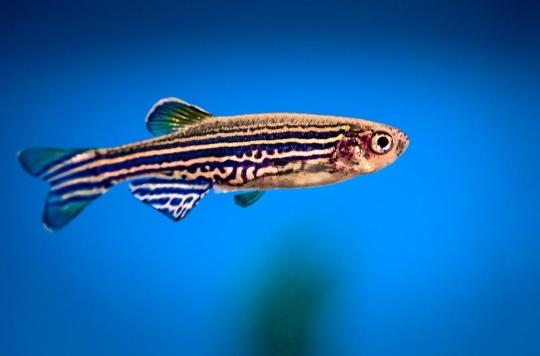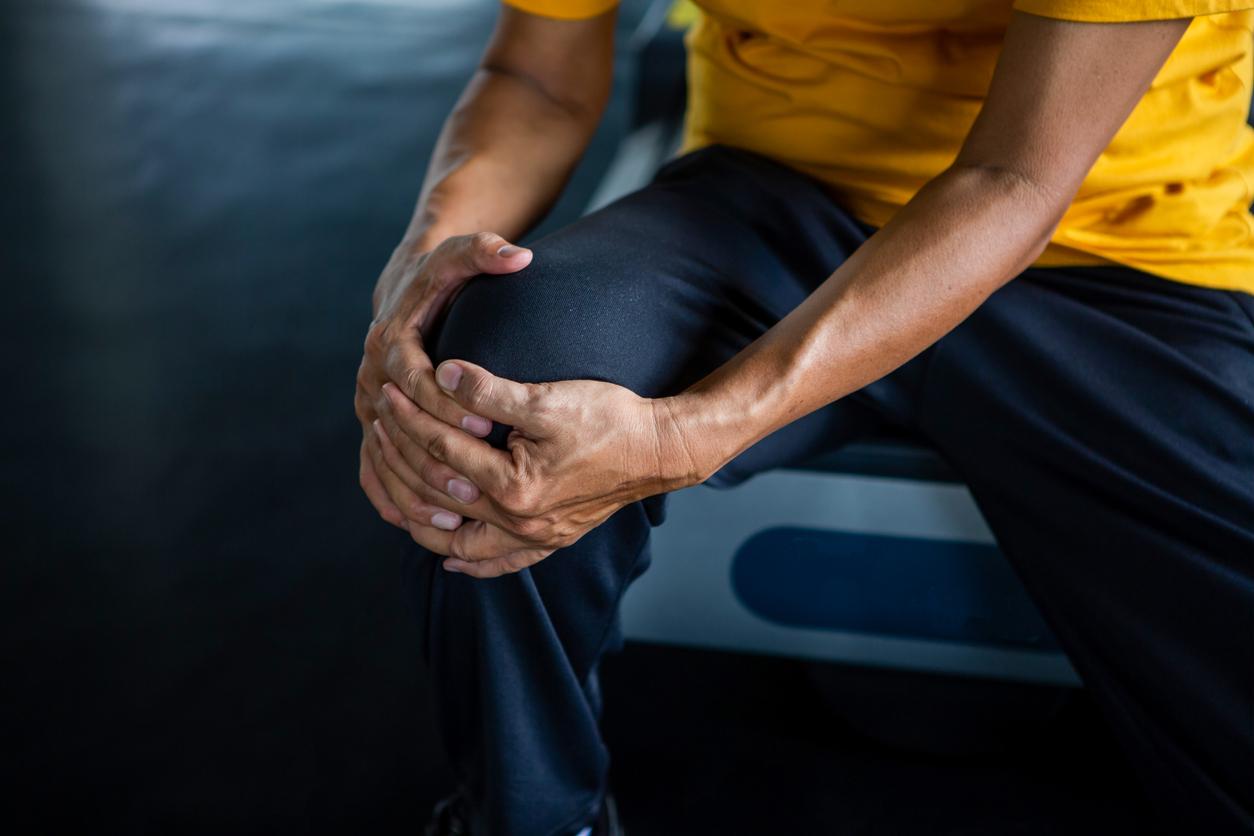This fish has the ability to regenerate its tail fin. Like him, other animal species can “repair” limbs or appendages after amputation. Better explaining this process opens the way to treatment options for degenerative diseases.

- Several animal species can regenerate limbs or appendages from which they have been amputated
- INSERM scientists have made progress in understanding this process
- The ultimate goal is to enable its application in humans to treat degenerative diseases such as osteoarthritis.
It is now only a dream, or at best science fiction: what if our body one day had the ability to regenerate, i.e. to “replace” any organ or part of the sick body? or degraded? However, researchers from INSERM and the University of Montpellier have just made this future a little more credible by identifying the structure that orchestrates a regeneration process… in zebrafish. Their work has been published in the journal Nature Communications.
Like other animal species, this fish is able to reconstitute one of its members, in this case its caudal fin when it has been amputated. And if this species was chosen as a research support by INSERM scientists, it is because this fish has 70% of common genes with humans.
Cells derived from the neural crest
How does this animal manage to regenerate one of its lost limbs? As with other animal species that share this ability, this mechanism is based on the formation of a blastema, a structure composed of undifferentiated cells from which tissue regeneration is organised.
But scientists have gone further. They managed to identify, within this structure, which cells orchestrate this process. While we had already observed the role of macrophages, cells of the immune system, in the inflammatory process leading to the formation of the blastema, this time they demonstrated the essential role of cells derived from the neural crest, these cells which, in all vertebrates – and therefore also in humans – are set up quite late in the development of the embryo.
Why does this process no longer work in mammals?
It is therefore the interactions of these cells within the blastema with the macrophages that would make it possible to control the action of the latter in the regeneration process. This raises an essential question: “Why do mammals, which nevertheless also have macrophages and cells derived from the neural crest, fail to regenerate their appendages as zebrafish do?” asks Farida Djouad, director of research at INSERM.
Treat degenerative diseases
The answer could come from further research, the objective of which remains to find THE cell that organizes the regeneration process. “This could pave the way for new avenues to make possible the regeneration of certain tissues which would be very useful in mitigating the effects of degenerative diseases such as osteoarthritis”, specifies Farida Djouad.
.

















